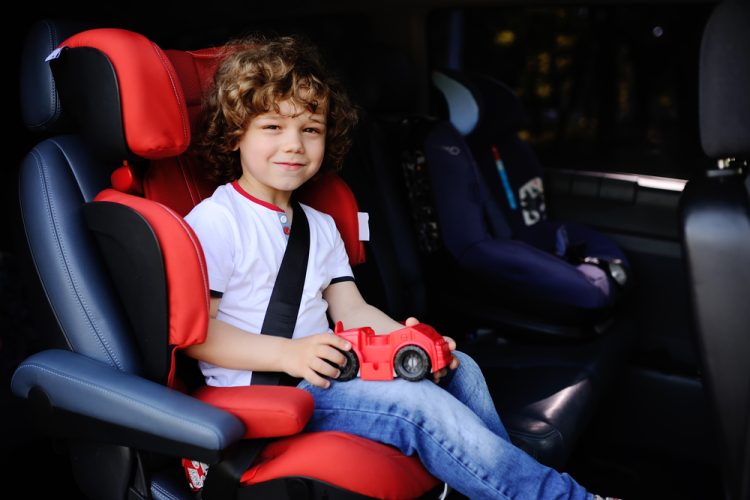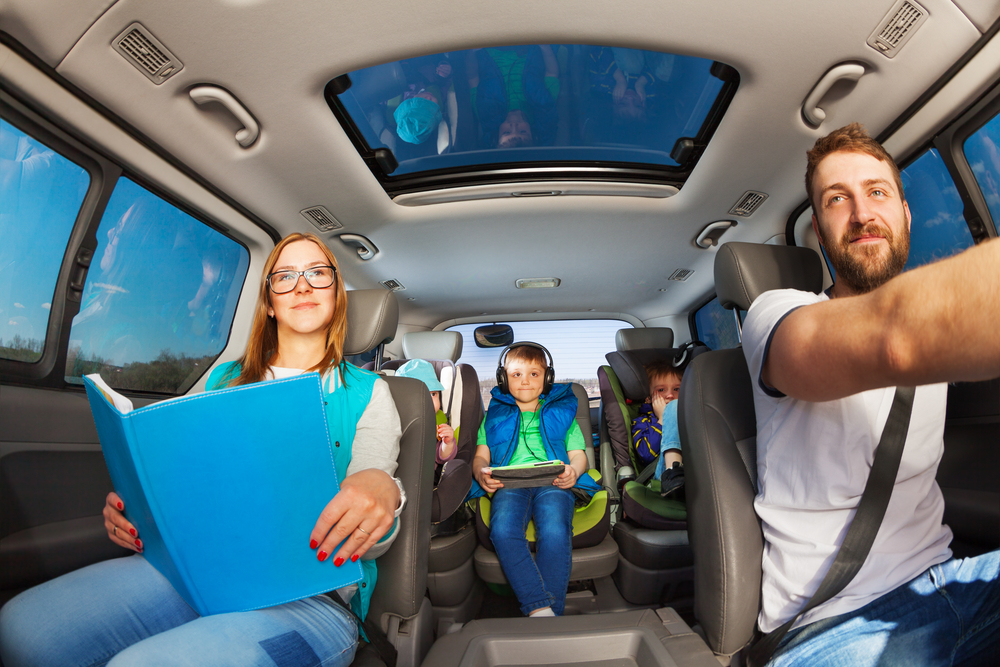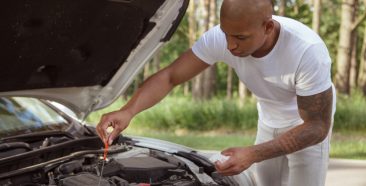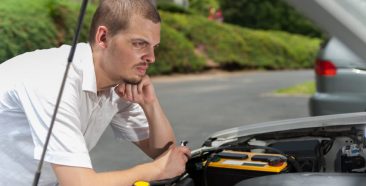
As a parent in California, there’s probably not much you wouldn’t do to ensure the safety of your child. In the state of California, children in cars must be properly secured in a car seat.
Just like car insurance in California is in place to help protect you on the road, rules and regulations around driving your child in the car are there to keep them safe, too. Thousands of children are killed are have serious injuries in car accidents each year in the U.S. due to improper or no usage of car seats.
Keep reading to find out about California law, as well as which car seat is best and where you can go to get your child’s car seat installed for free by professionals.
What Do I Need to Know about California’s Car Seat Law?
Driving on California roads is dangerous. You can do your part by being a safe driver, but if someone else causes a wreck, you want to make sure the passengers in your car come out unharmed.
According to the California State Highway Patrol (CHP), the leading cause of death for young children is motor vehicle crashes. This is why California car seat laws exist: a properly-installed car seat can reduce the risk of death in children under the age of one by 71 percent in a car accident. In toddlers, a car seat prevents 54 percent of deaths in a car crash.
You can take steps to make sure you and your children are safe in the car by learning the rules and understanding how to use your car seat correctly. Remember, when children are young, the safest place for them is in the back seat, in a proper car seat.
Basic Car Seat Laws in California
California’s current state law is designed to gradually move your child to less restrictive seating as they become ready. The following criteria is included in the table below.
| Age/Size | Restraint Use |
| Birth to 2 years old | Ride rear facing in an rear-facing seat unless the child weighs more than 40 pounds |
| Children under age 8 years of age | Ride in a forward-facing child safety seat in the back seat with an internal harness |
| Children under age 8 who have reached 4.9” in height | Ride restrained in a belt positioning child booster seat using a lap shoulder 5-point harness seat belt |
| Children between 40 and 65 pounds | Ride restrained with a lap shoulder seat belt secured correctly on the vehicle seat |
| 16 and older | Mandatory safety belt laws |
5 Step Test
The 5-step test is a list of parameters to determine when a child has outgrown the booster seat and can safely use the seat belt alone. Parents can use this test to decide if the conditions are right to hold a graduation time and move their children up from a rear-facing car seat or booster seat.
- Their knees bend on the edge of the seat with feet flat on the floor.
- Their backside is all the way back in the seat.
- The lap belt part of the safety harness is low on the hips at the top of the thighs.
- The shoulder strap crosses at the collarbone and not the neck.
- The child is able to sit properly, with no slouching or playing with the seat belt.
The Legal Implications
The California Child Passenger Safety Law is just that – the law. If you break this law, not only will you put your child’s safety at risk, you may incur fines and other penalties. Here is detailed information concerning the legal implications.
Those who do not follow the law may face the following penalties:
- Parent or legal guardian gets a ticket if child under 16 is not properly buckled up.
- Person driving gets a ticket if parent is not in car.
- Cost: Can be more than $500 per child. A second offense could be more than $1,000 per child.
- Points are added to driving record, which may increase your car insurance rates.

Types of Car Seats
California law considers three main types of car seats. These are detailed below.
Rear-Facing Car Seat
This is the best option for small children, including infants. Babies in a forward-facing car seat are more likely to suffer serious head and neck injuries.
Forward-Facing Car Seat
If you purchase a convertible car seat, you will be able to switch it from rear facing to front facing when your child is old enough and meets the manufacturer’s weight limits.
Booster Seat
Booster seats are for kids aged 4 and up who meet the legal weight and height specifications. You can purchase 3-in-1 or all-in-one models that transition from rear facing to front facing to booster as your child grows. A booster seat with a high back can provide better head and neck support for older children.
Car Seat Exemptions in California
There are not many exceptions to the child restraint laws in California. Children who have a medical condition or physical challenge that prohibit them from using these safety systems correctly are excepted from the law.
Age, weight and size may be used if it is determined that one or more of these factors make a car seat impractical. In the interest of safety, it is always best to have your child properly restrained in the car.
Tips for Correct Car Seat Installation
Many parents are unsure about the best way to install their child’s car seat, but don’t worry. Your local California Highway Patrol office and other organizations offer plenty of car seat installation experts and programs to anyone who asks, free of charge.
You can click here to find a local office with help. Alternatively, it is a good idea to check with your local California fire station for help installing car seats.
Auto Insurance and Car Seats
No parent wants to get into an accident, but if you do, you’ll want to make sure your children in the car are safe. If you do have an accident, your insurance may help you with the cost of purchasing a new car seat as part of a car accident claim, since it is not advised to continue using one that’s been in a crash.
The National Highway Traffic Safety Administration (NHTSA) recommends following the car seat manufacturer guidelines to know if you should replace a child safety system or not, as well as the maximum weight a car seat can safely handle.
Freeway Insurance: Your Guide for Car Safety
Just as Freeway Insurance protects you on the road, using a properly-installed car safety seat system will protect your child. At Freeway, we have plenty of tips to help you stay safe on the road. We also offer some of the cheapest car insurance around – even if your record is less than perfect.
Give us a call at (800) 777-5620 or reach out via our website for a fast and free auto insurance quote. You are also welcome to stop in and visit at one of our conveniently-located offices.



